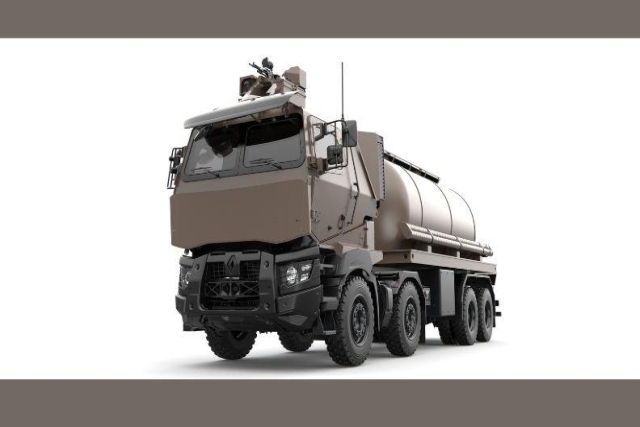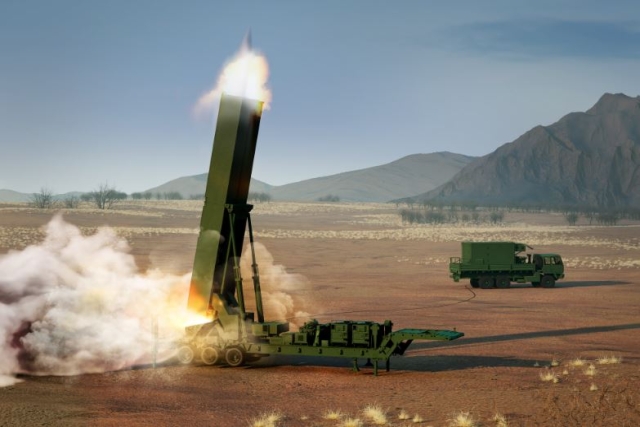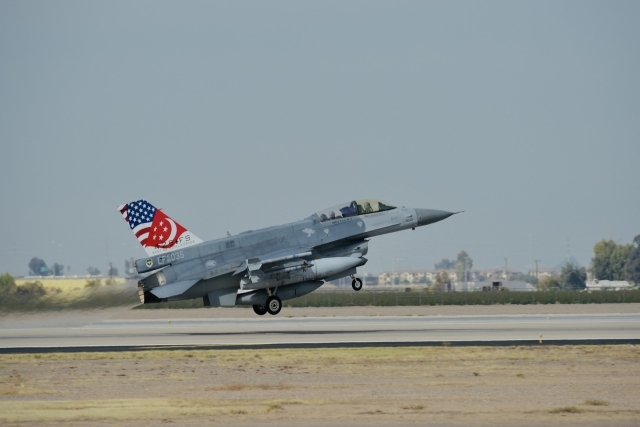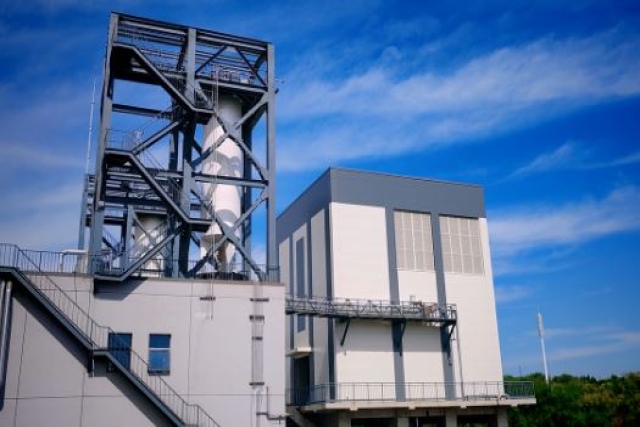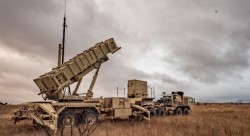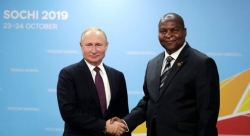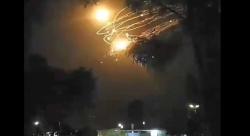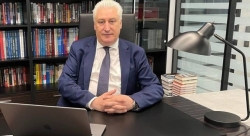Indian Air Force developing "Strategic Reach": Air Chief Marshal Fali H. Major

Interview with the Air Chief Marshal Fali H. Major, Chief of Air Staff, Indian Air Force
Air Chief Marshal Fali H. Major, Chief of Air Staff, Indian Air Force gave a long and detailed interview to our print media partner, Vayu Aerospace. Published below is the interview where the Air Chief spoke about a variety of subjects including the MMRCA induction and modernisation of the IAF.
DW : The IAF has been engaged in air exercises with some of the world’s leading Air Forces, with the prestigious ‘Red Flag’ at Nellis having just been completed . We would like you to give a brief on the experiences gained and result achieved?
Air Chief Marshal Fali H. Major:: The Indian Air Force participated in Exercise Red Flag at US Air Force Base Nellis with 8Su-30 MKIs, 2 II-78s and an II-76 and a contingent of Garud Special Forces. The IAF was pitted against USAF F-15s and F-16s, South Korean F-15s and French Rafale aircraft in a two week campaign that replicates an intense battle scenario, complete with integration of AWACS and ground-based sensors along with a wide variety of Surface to Air Missiles. There are two types of lessons that we would draw from this exercise. The is obviously the operational lessons. Having exercised with some of the best Air Forces in the world against a variety of potent equipment, we will obviously analyse the tactical lesson threadbare. These will be studied, discussed, tried and absorbed, if found relevant. The second category would be the planning lessons. Deploying a large detachment of fighters, refueling aircraft and personnel to the other side of the globe, while maintaining high serviceability and operational effectiveness, is not an easy task. This was a very fruitful exercise in planning for my staff, that will serve us well in planning such detachments for peace and conflict resolution purposes. The experience of the crew, both fighters and transport, and the Garud Force, has been very encouraging and they have earned widespread praise for their professional competence. They have done the IAF and Nation very proud. Whilst it is early to summarise, I can tell you that long hours will be spent analysing, dissecting and compiling the actual lessons learnt once they are back.
DW : On the threshold of its 76th anniversary, what are the immediate challenges being addressed by the air arm for enhancing its prowess in defence of the country ?
Air Chief Marshal Fali H. Major:: The Indian force is one of the oldest, Continually functioning independent Air Force in the world, and has grown over the years in keeping with our national objectives. Our country today is expanding its economic footprint and influence over increasing areas. In keeping with this enlarged footprint and the need to protect our areas of interest, we need the ‘reach’ right up to the extremities. The IAF is very conscious of its responsibility and has planed its acquisitions and employment philosophies in consonance with the likely nature of future conflict. Today, the IAF is the midst of a transformation. There is a large variety of equipment in various stage of induction. It includes aircraft, sensor, weapons, equipment, air defence weapons and command and control networks. This influx of equipment is on a fairly large scale and will necessitate a number of doctrinal and organizational changes in the IAF. Managing this transition is my most important challenge. The foundation laid and decision taken at this stage will have far reaching effect in the years to come. If we are able to steer Air Force correctly during these years, then the IAF will have made a generational capability jump. My next challenge is to put in place a responsive and flexible organizational structure, that absorbs these new capabilities and is capable of conducting operations in compressed time cycles, with precision and within a framework of clearly defined objectives. This requires refining of structures, training and doctrines. The best equipment, if not supported by an equally supportive organization, would be rendered ineffective. Harnessing them synergistically, in order to produce capability of an exponentially higher order, is the challenge. Whilst there are number of important issues that need solutions, I think that a professional and mature resolution of these two challenges would prove to be very satisfying.
DW : What is the IAF’s envisaged role in the context of ‘military diplomacy’? How does the Air Force make appropriate contribution to international objectives outlined by the Government?
Air Chief Marshal Fali H. Major:: Aerospace power is an intrinsic part of foreign policy. In fact there is a definition of airpower that states that ‘Airpower is the organised and integrated use of aircraft and missiles for the purpose of foreign policy, shaping operations and tactics’. There are a number of instances where political leadership has called upon airpower to further foreign policy goals, without resorting to war. Foreign policy goals can sometimes be achieved, simply on the basis of having a capable Air Force in being. It does not always have to be used. A simple matter of power display often demonstrates intent and capability. Within the framework of national interest provided by the government, the Indian Air Force contributes very substantially to foreign policy objectives. Take for example the impact of an Indian Air Force II-76 landing at New Orleans with aid, in the aftermath of ‘Hurricane Katrina’; or the aid to China by landing II-76s at Chengdu within 48 hrs of the earthquake; or consider the stature of India, since it was the only country whose offers of aid were accepted by Myanmar. When my pilots and crew fly across the Atlantic and display their professional competence in Exercise Red Flag against what is considered the best in the world, and earn respect and admiration, it creates a very inspiring image of the country. Today, Malaysia, for example, recognizes our competence and seeks to engage us at all levels. We have a bi-lateral agreement with the Royal Malaysian Air Force to train their pilots and technicians in Malaysia on the Su-30MKM aircraft. We also have an ongoing agreement with the Republic of Singapore Air Force for bi-lateral exercises and provision of training areas. Such engagements with friendly nations lead to enhanced mutual understanding on issues not solely restricted to the military profession. The list is endless, but maybe because the results are often intangible, due credit and publicity is not given. All these individual efforts at bi-lateral and multi-lateral cooperation produce a cumulative impression about our country, which effectively contributes to diplomacy and enhancement of India’s stature and influence. To summarise, the Indian Air Force furthers national interest, by doing what it does best and that is: “Being a very professional Air Force”.
DW : The IAF is gradually being transformed into a strategic force but will need to considerably augment its mid-air refueling and airborne early warning & control assets. Can you give a broad brush picture of this need over next decade?
Air Chief Marshal Fali H. Major:: Like I mentioned earlier, the Indian Air Force is in the process of developing ‘Strategic Reach’ in consonance with the Nation expanding economic and diplomatic footprint. There is no doubt that a large number of assets will be required to truly possess that capability. In addition to the Su-30 MKI and M-MRCA which form the offensive component, the Indian Air Force is conscious of the requirement of many other elements. While more Flight Refueling Aircraft are in the pipeline, our first II-76-based AWACS will be with us in a couple of months followed by two others. We are in the process of developing an indigenous AEW&C aircraft at CABS at Bangalore. We have entered into an inter-governmental agreement with Russia for the development of a Medium Lift Transport Aircraft. We are in the process of enhancement of our strategic heavy lift capability as well. These are planned to be acquired in a phased manner. We will also need to integrate all these assets synergistically and exercise, to prove our doctrines in the next few years. That, in brief, is the road ahead to developing ‘Strategic Reach.’
DW : With ageing and obsolescent fighters being phased out, timely selection and induction of an appropriate aircraft type to fulfill the IAF’s M-MRCA requirement is imperative. Could you give us a road map of the process and a time line on when the first of such fighters would be inducted?
Air Chief Marshal Fali H. Major:: The process of replacement of our ageing fleets has already started. Our Su-30 MKI induction is on a fast track and we now have four operational squadrons. The proposals for the 126 M-MRCA have been received and are presently being studied in great detail by a specially set up committee. This is the Technical Evaluation phase. Each proposal is an extremely detailed document that has to be studied and compared with our stated requirements. Any queries that arise have to be spent, replies received and correlated, and assessments made. It is only once in this process is completed that flight trails will begin and a final report generated thereafter. The duration of flight trails will depend on the number of competitors who qualify after complying with the ASRs. Thereafter it will be governmental decision which will require contractual and price negotiations. We plan to acquire a few aircraft in flyaway condition, within specified period after a contract is signed. If all goes as per plan, I expect that the first of the M-MRCAs will fly (in IAF colours) about four years from now.
DW : At the same time, joint development of a fifth generation fighter aircraft (FGFA) is underway. While the Russians may require the first of these within 7-10 years, the IAF will have received its first M-MRCAs just a few years earlier. What kind of force mix is contemplated?
Air Chief Marshal Fali H. Major:: India has signed an inter-governmental agreement with Russia for the co-development of the Fifth Generation Fighter Aircraft (FGFA).Being involved in a project from the design stage itself is a great opportunity to acquire new technologies and gain valuable experience in this field. The FGFA is going to be in different category as compared to the M-MRCA. It will posses features of stealth and the latest in weapons and radar technology, thus providing us with an enhanced level of capability. The force that will exist then will be a complement of platforms that will provide us with a wide spectrum of capabilities that are in consonance with our security needs and perceptions. The IAF will consist of the combat assets that are being planned for induction now, and upgraded versions of equipment that has residual effective life. It will be a mix of the latest state-of-the-art assets, in combination with the already existing ones. Such a mix will always exist. It will be combined to create the requisite effects.
DW : Where does the Tejas LCA fit into the IAF’s combat force planning over the next two decades, assuming that IOC is achieved in 2011 even as ADA are endeavouring to select a new power plant?
Air Chief Marshal Fali H. Major:: The LCA is an amalgamation of a number of critical technologies, many of which are not available in India. Once the initial operational Clearance is achieved, we will induct one squadron into the IAF. On obtaining the Final Operational Clearance, more squadrons would be inducted during the 12th Plan period. The IAF is extremely hopeful that the LCA Tejas programme will match up to our expectations.
DW : The IAF’s transport and helicopter force needs also to be modernised and augmented to meet the increasing re4quirement for support to the land forces as also out-of-area contingencies. Could you give an overview of the plan in this context?
Air Chief Marshal Fali H. Major:: The entire Air Force is being modernised, in order to achieve a set of planned capabilities. These relate to directions given by the government and our threat perception. Whilst number do not matter, they have to be in consonance with the desired set of capabilities that the ISF seeks to process. Our national policy does not support aggression in any form. Currently, we do not envisage deployments as expeditionary forces in any country. Whilst we do have missions in the Congo under the auspices of the UN that are deployed and maintained by us, full scale support of foreign land forces in an out-of-area contingency is not currently envisaged in our plans. Our transport and helicopter forces are being modernised. We have signed the contract for the C-130J Special Operation aircraft. We are also at various stages of the process of examining the requirement of the heavy and very Heavy Lift Transport aircraft. Simultaneously, existing relevant aircraft are being upgraded. On the rotary wing class we are in the process of inducting the ALH and armed ALH. We are also in the process of acquiring 125 Light Utility Helicopters and 80 Medium Lift Helicopters. We have sent out RFPs to the global market for an Attack Helicopter. Plans are also in place for replacement and acquisition of a Very Heavy Lift Helicopter as well. That in brief is the modernization plan for transports and helicopters of the IAF. It is a comprehensive build up of capability that caters for all possible contingencies.
DW : Havoc caused by the floods in Bihar has been partially assuaged by the Herculean efforts of the armed forces, particularly IAF helicopters supply dropping in difficult conditions. Are there any plans to augment the medium helicopter force to meet such aid-to-civil administration contingencies even more effectively?
Air Chief Marshal Fali H. Major:: Aid to civil authorities is a peacetime function of the Indian Air Force and we provide all possible assistance to aid our fellow countrymen. We have a dedicated structure in place to respond to any such occurrence. Our local commanders are authorised to respond immediately for requests of humanitarian aid, irrespective of any other consideration. All our present assets have the capability to take on these additional tasks with little or no modification. Our crew continue to train regularly for these roles as well. Whilst no specific plans exist to augment our helicopter forces for aid to civil administration, there is definitely a need to increase our rotary wing assets. As I said earlier, carefully thought out implementation of the induction plan for helicopters of different classes is planed over the next decade. It addresses the overall need of the IAF to acquire enhanced capability in this sphere, too. The increase in our strength translates into increased potential and that automatically increases our capability to deploy in aid of our fellow countrymen.
DW : Women airrcrew have performed very well in the IAF and there have been recent references to the possibility of women pilots flying fighters in the future. Are there are any such plans and, if so, what is the time line?
Air Chief Marshal Fali H. Major:: We already have women flying helicopters and transport aircraft. We are comfortable with that at the moment. There are few issues that need to be resolved before permitting women to fly fighters.

